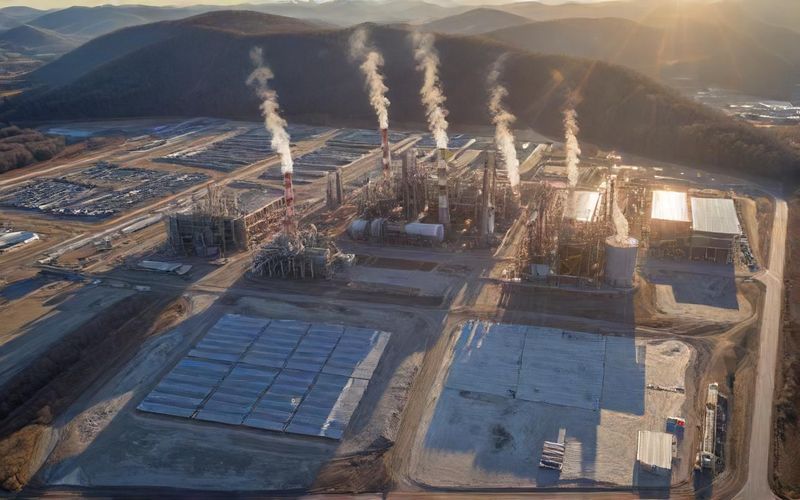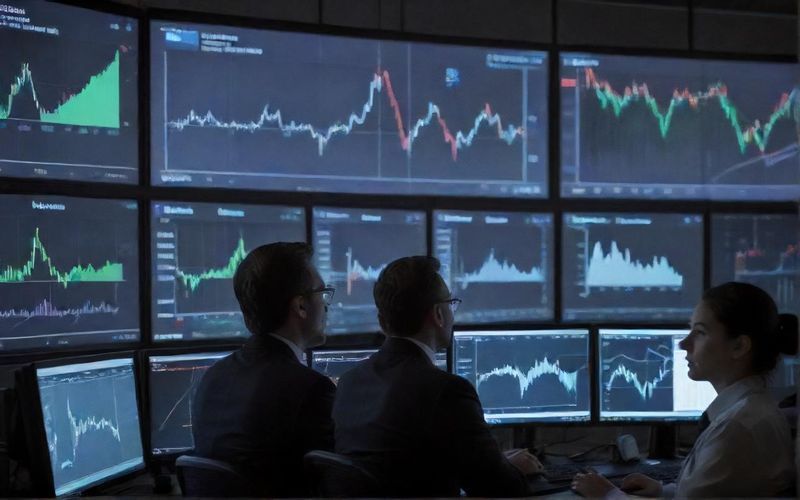Rare Earth Stocks Surge Amid Geopolitical Shifts

This remarkable market movement isn't occurring in a vacuum. It’s deeply intertwined with the escalating geopolitical rivalry between global superpowers, particularly the United States and China. China currently holds a near-monopoly on the production of these critical minerals, a position it has cultivated through years of strategic investment in its industrial supply chain. This dominance has given Beijing significant leverage, and hints of export controls have sent ripples of anxiety through global markets. The recent agreement to delay such controls, a consequence of high-level diplomatic meetings, offered a brief respite, but the underlying tensions remain palpable. This delicate balance underscores the strategic importance of these elements, moving them from the realm of niche industrial components to front-page business news.
Beneath the surface of these dramatic stock rallies lie complex realities. While the optimism is infectious, experienced voices caution against unbridled enthusiasm. Just as past booms saw many ventures falter, the rare earths sector is likely to face its own share of failures. The journey from discovery to viable, cost-effective extraction and processing is fraught with challenges. Building a robust, diversified, and domestically controlled supply chain is not a swift or inexpensive endeavor. It requires substantial investment, technological innovation, and navigating a web of environmental and regulatory hurdles. This isn't simply about finding the minerals; it’s about the entire ecosystem required to bring them to market reliably and affordably.
This brings us to the intriguing case of USA Rare Earth. While the broader market sentiment might suggest a gold rush, a closer look at the company’s financial health reveals a more nuanced picture. Despite a current stock price that, by some measures, suggests significant undervaluation, other metrics raise red flags. The company’s price-to-book ratio, for instance, is starkly out of sync with industry averages, hinting at underlying financial concerns. Furthermore, projections indicate negative free cash flow for several more years, a common feature of early-stage resource companies, but one that demands careful investor scrutiny. This divergence between the perceived market opportunity and the company's internal financial performance highlights the critical need for due diligence. It's a reminder that in any booming sector, not all participants are created equal, and the narrative of potential doesn't always translate directly into immediate financial success.
The drive to secure these vital resources is fueled by more than just market speculation. The undeniable acceleration of the clean energy transition, with its insatiable demand for magnets and components found in electric vehicles and renewable energy infrastructure, is a structural force at play. Governments worldwide recognize this dependency and are actively pursuing policies to bolster domestic or regional supply chains. This strategic imperative, combined with the inherent volatility of commodity markets and geopolitical maneuvering, creates a potent cocktail of investment drivers. The question for investors and policymakers alike is how to navigate this complex terrain, balancing the urgent need for secure supply with the inherent risks and long-term challenges of developing these critical industries. As the demand for rare earths continues to grow, what will it take for companies to not just mine the gap, but to truly bridge it sustainably and profitably?









